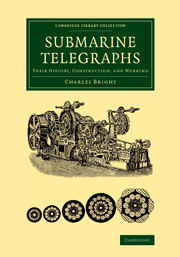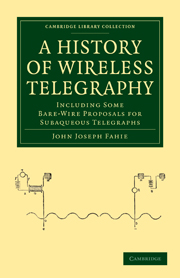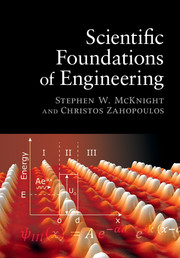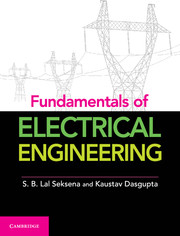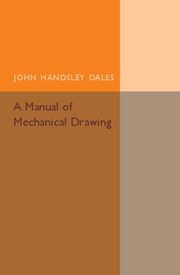Submarine Telegraphs
An accomplished telegraph engineer in his own right, Sir Charles Bright (1863–1937) was the son of Sir Charles Tilston Bright (1832–88), who had achieved greatness in laying the first transatlantic cable in 1858. The younger Bright worked alongside his father for a time, continued his research, and became an authority on the subject. Examining the history, construction and working of submarine telegraphs, this 1898 treatise traces both technical and commercial developments, looking also at the labour involved. Bright addresses the laying of cables across the globe, giving accounts of projects in India, South America and beyond. Illuminating the many commercial uses for submarine cables, Bright provides an informed survey of the early standardisation of telegraphy systems. Replete with detailed illustrations and technical drawings, this work remains an indispensable resource on the history of telecommunications and electrical engineering.
Product details
No date availablePaperback
9781108069489
866 pages
254 × 178 × 44 mm
1.47kg
369 b/w illus. 7 maps
Table of Contents
- Preface
- Introduction
- Part I. The History of Submarine Telegraphs:
- 1. Early subaqueous telegraphy
- 2. The dawn of ocean telegraphy
- 3. Developments
- 4. Commercial and miscellaneous résumé
- Appendices
- Part II. The Construction of Submarine Telegraphs:
- 1. The conductor
- 2. The insulating envelope
- 3. Joining
- 4. Mechanical protection and strength
- 5. Completed cable
- Appendices
- Part III. The Working of Submarine Telegraphs:
- 1. Theory of the transmission of signals through cables
- 2. Signalling apparatus
- 3. Duplex telegraphy
- 4. Automatic machine transmission
- 5. Recent developments
- Appendix
- Index.

